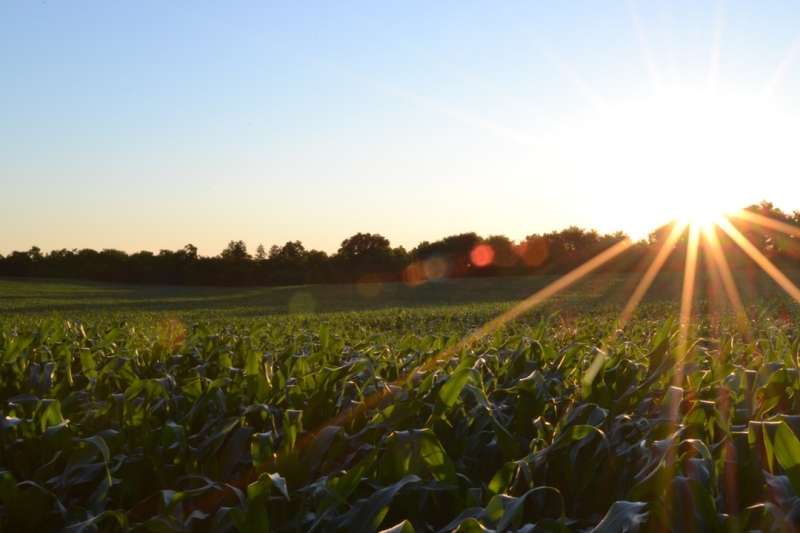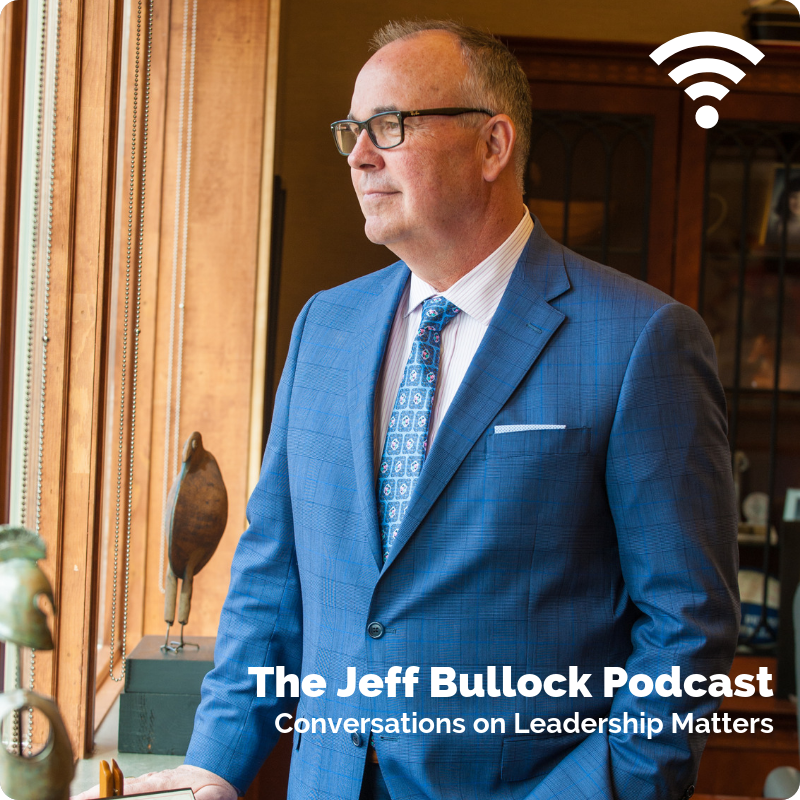Over the next several months, in addition to the topic of leadership, I’ll be writing about several topics that require the very best that leaders have to offer within what James Davison Hunter calls in To Change the World our “sphere of influence.” The first topic that I want to begin exploring is poverty; specifically, child poverty.
For example, in my state, twenty percent of children below the age of 18 live in poverty. That is one in five children, which means that five kids in every classroom of twenty-five go to bed hungry most nights. And we consider ourselves to be a “healthy” community.
Furthermore, Principals in our schools can be seen discretely filling backpacks with food on Friday afternoons. It’s that backpack filled with food that some children depend on to get through the weekend.
The percentage of children who live in poverty continues to rise every year. Iowa is the breadbasket of our nation and, according to the Farm Bureau, each Iowa farmer feeds about 154 people annually.
The Iowa farmers that I know are amazing, down to earth people. The challenge with child poverty isn’t that we can’t grow enough food. We can grow plenty of food. The problem is, the food doesn’t always get into the hands of the people who need, but can’t afford it. [bctt tweet=”Our challenge with poverty isn’t that we can’t grow enough food, it’s that the food doesn’t get to the right people.” via=”no”]
We showed the attached PBS Frontline video aptly titled “Poor Kids” on our campus last month. It’s an account of three Iowa families as told by children who live in poverty. You’ll see that they are our neighbors. Take 54 minutes to view the show. It may startle you. It may upset you. And it may motivate you. It will not, however, lull you into complacency.









